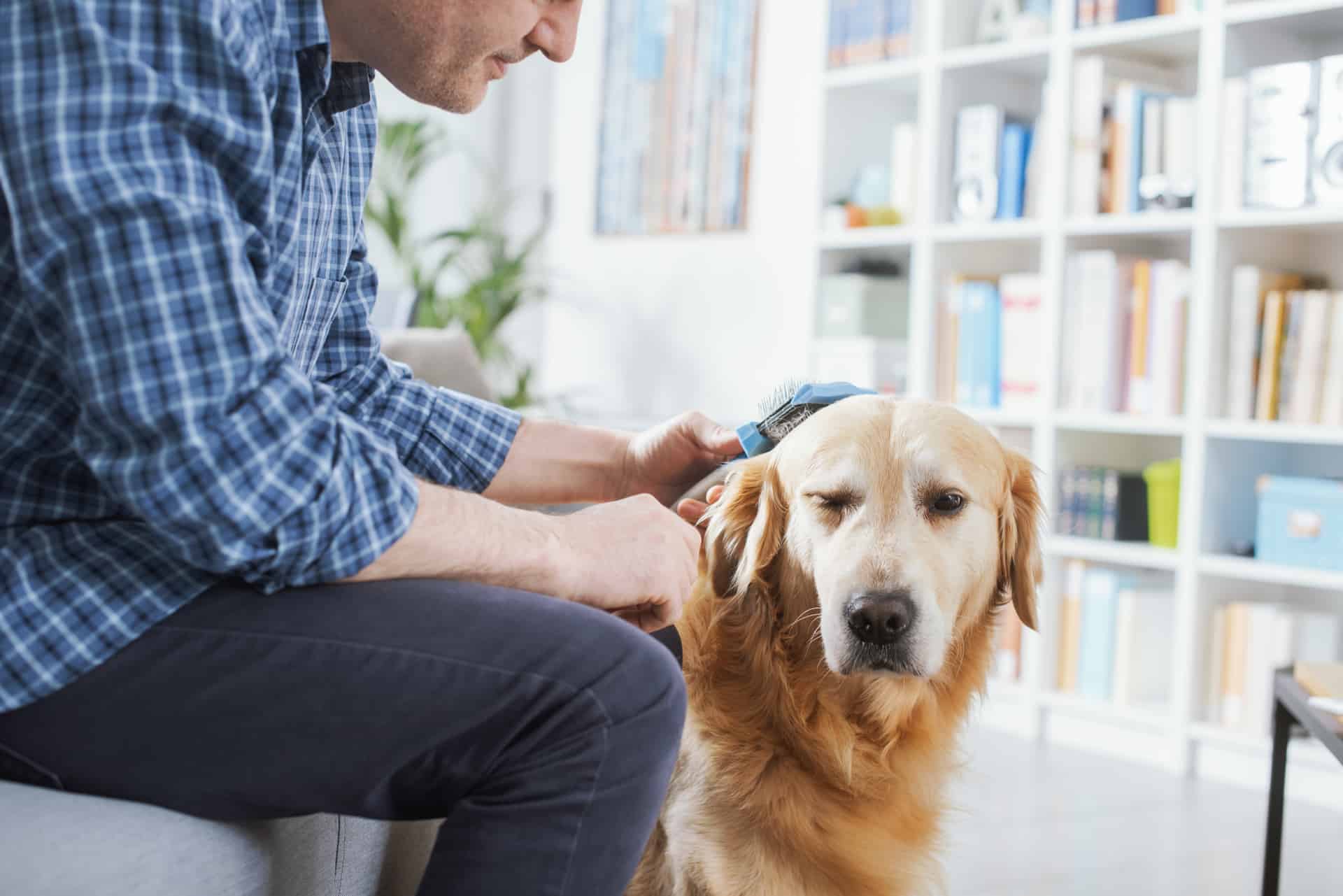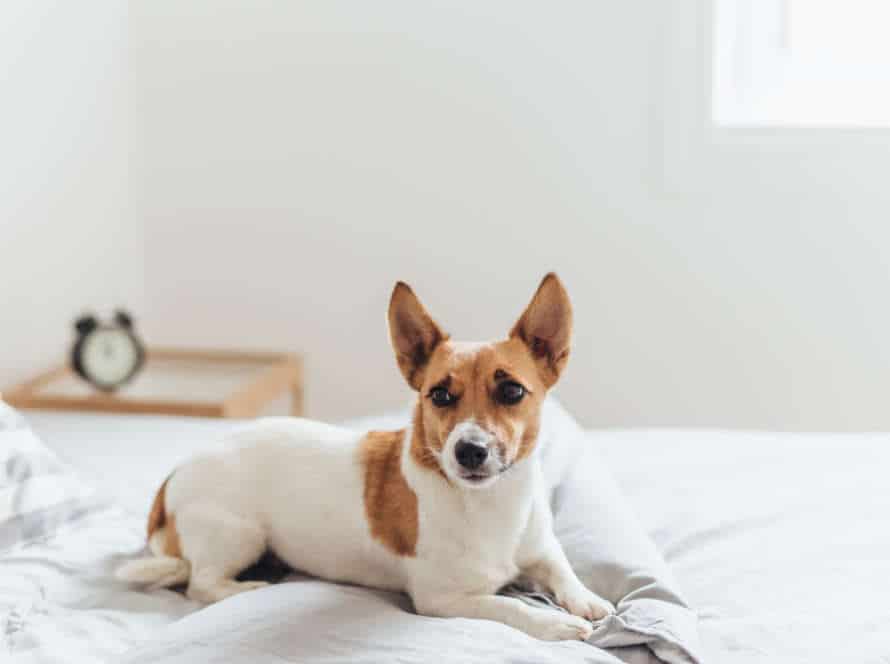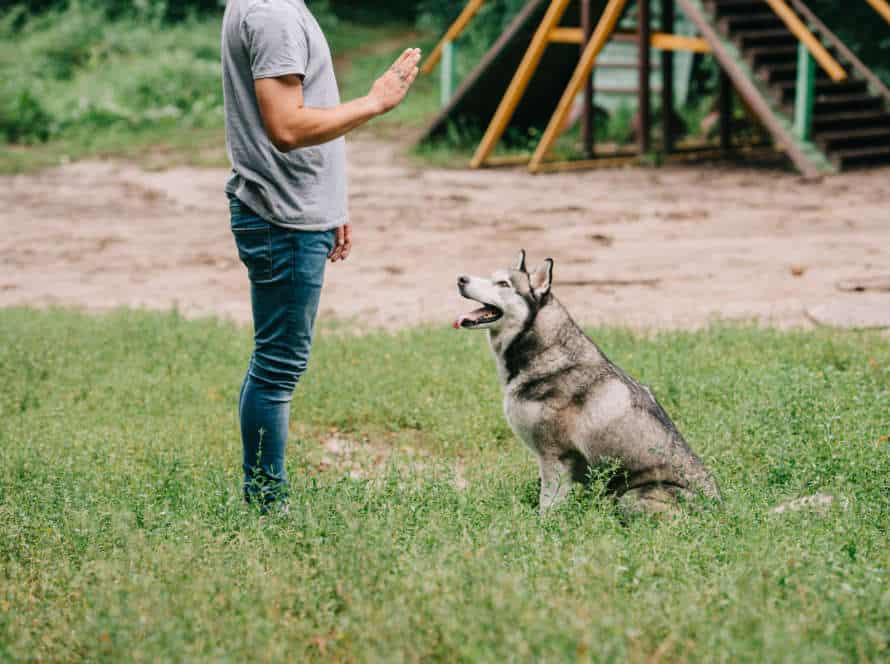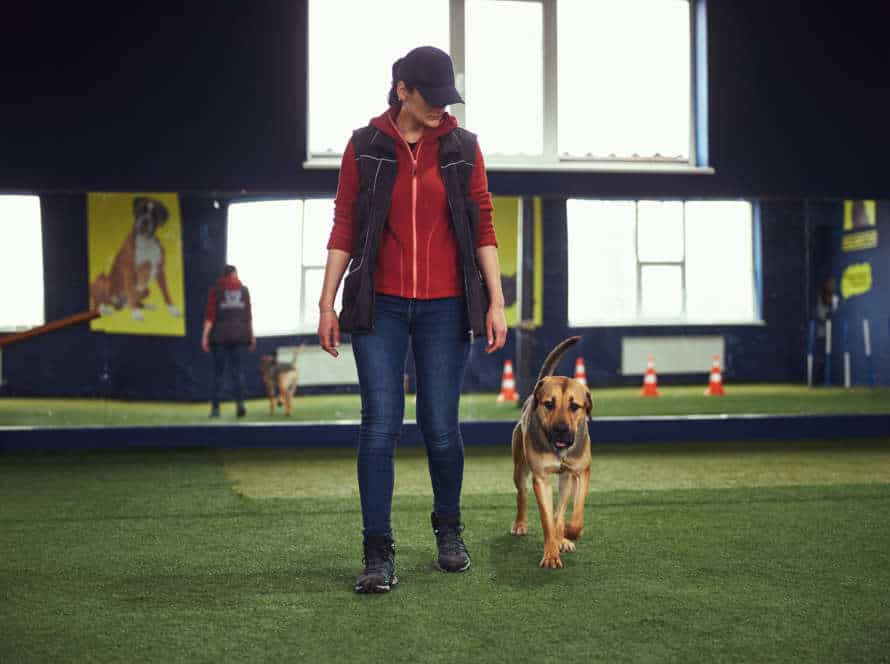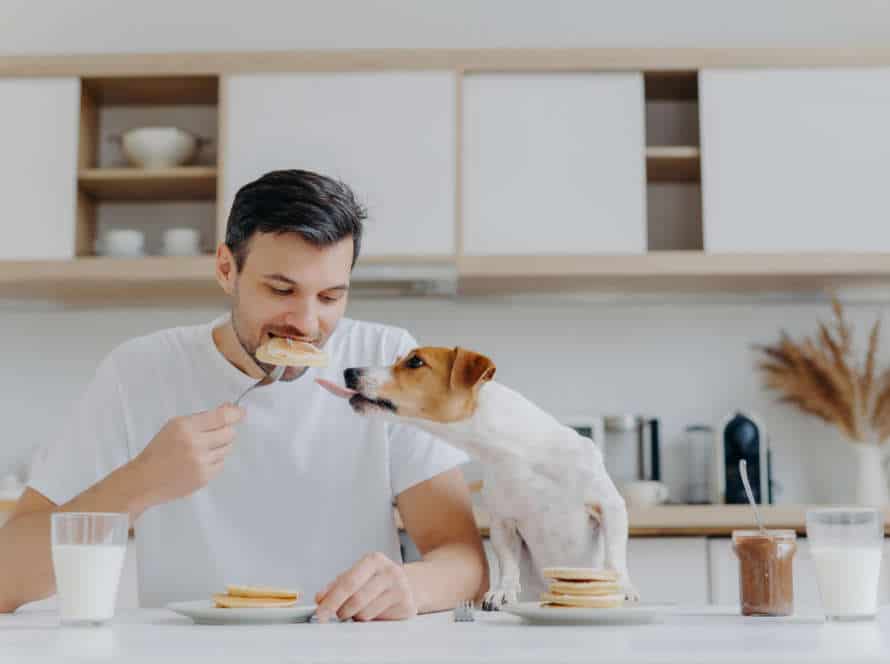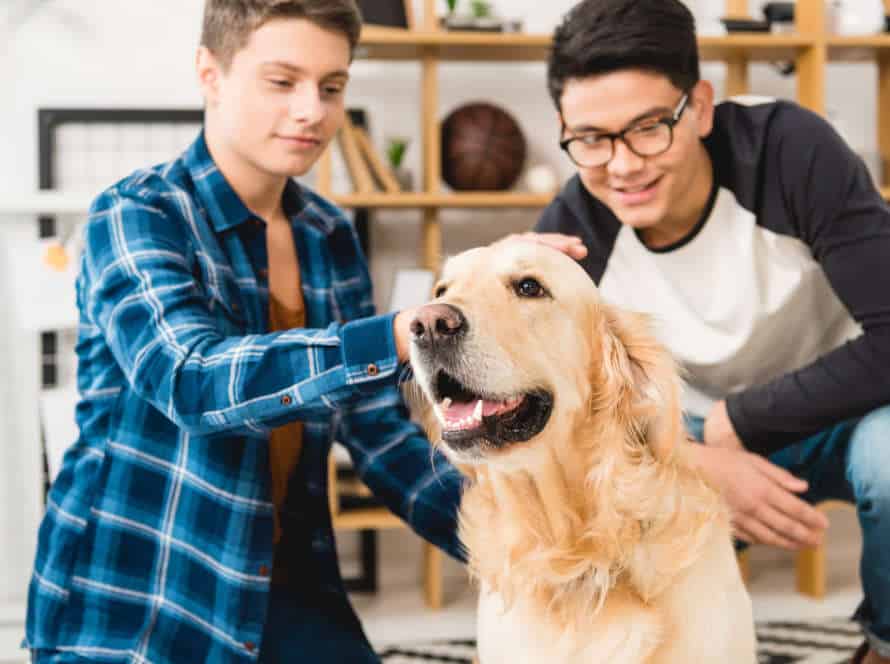Types of Indoor Potty Solutions for Dogs
Own a dog? Life made easier with an indoor potty solution. Many types to fit any lifestyle. This guide educates on the different options available. So you can make an informed decision for your pooch!
Dog Pads
Dog pads are a popular solution for pottying indoor, especially for puppies and elderly dogs with mobility issues. Here are a few types:
- Disposable Dog Pads – Absorbent material that locks in moisture and odour. Easy to use and dispose.
- Washable Dog Pads – Reusable, eco-friendly, made of machine washable fabric.
- Artificial Grass Pads – Mimics real grass, has a durable tray underneath that catches urine and is easy to clean.
- Attractant Sprays – Not a pad, but a spray. Contains natural pheromones and signals the area is for elimination.
Pro tip: Be consistent with training and praise your dog for using the pads.
Grass or Turf Pads
Grass or turf pads are a popular choice for indoor potty solutions for doggos. They create a natural feel and simulate being outdoors. There’s three types of grass or turf pads: real grass, synthetic grass, and reusable turf. Real grass needs regular care, including watering, trimming, and replacement. Synthetic grass is low maintenance, easy to clean, and lasts longer than real grass. Reusable turf is durable, can be washed multiple times, and is eco-friendly.
Grass or turf pads are ideal for pet owners living in apartments or without yards. They’re simple to use and maintain, and give your pup a cozy, familiar spot to do their business. To keep your grass or turf pads fresh and safe, make sure to clean them regularly and replace when needed.
Litter Box Trays
Litter box trays are a great potty solution for trained dogs living indoors.
Here are 3 types:
- Disposable – made of recyclable materials and easy to replace.
- Reusable – made of plastic, come in various sizes and styles.
- Self-Cleaning – automated systems remove waste and keep the box clean.
When choosing, think about your dog’s size, frequency of use, and ease of maintenance.
Pro tip: Train your pup to use a litter box with positive reinforcement. Reward them for successful use!
Choosing the Best Indoor Potty Solution for Your Dog
Need a toilet for your pup? Not sure which one to get? Worry not! We’ve got the answers. In this guide, we’ll check out all the types of indoor potty solutions. We’ll figure out pros, cons and the cost. Then you can select the best one for your pup and lifestyle. Easy-peasy!
Consider Your Dog’s Size and Breed
Choosing the best indoor potty for your pup? Consider their size and breed! Different needs & capabilities.
Small dogs: Chihuahuas or Shih Tzus need frequent potty breaks. Pee pads or turf pads are ideal.
Medium dogs: Terriers or French Bulldogs require regular exercise and potty time. A grass mat or Porch Potty is great.
Large dogs: Great Danes or Mastiffs need lots of outdoor space. A large litter box or converted shower pan with artificial turf works.
Unique needs – recognize and accommodate. Supervise & plan a routine for success.
Determine Your Living Space
It’s key to pick the top indoor potty system for your pup. Think about:
- Your pup’s size. It decides the size of the system you need.
- Apartment size. Smaller places may need tinier, more compact solutions.
- Placement in your home. Cleaning and maintenance must be easy.
- Indoor vs Outdoor. Train your pet if they’re used to going outside.
- Dog breed. Some breeds are more likely to have accidents, so you need a tough system.
By considering these factors, you can select the best indoor potty system for your house and pup’s needs.
Decide on Type of Indoor Potty Solution
Selecting the right potty solution for your pup can be tricky! Here are some ideas to consider.
- Pee Pads: Easy to put on the floor, inexpensive and disposable. But they need to be replaced frequently.
- Artificial Grass Potty: Made of synthetic grass-like material that mimics outdoor feel. Washable and reusable but needs cleaning/maintenance.
- Dog Litter Box: Works like a cat litter box but for dogs. More expensive but easy to use and maintain.
- Disposable Real Grass Pads: Like pee-pads but with real grass. Costly but eco-friendly.
Choose the one that works best for your pup and lifestyle!
How to Train Your Dog to Use an Indoor Potty
Want an easier life with your pup? Train them to use an indoor potty! It’ll help get rid of smells and mess. Here’s a guide full of tips. We’ll tell you why potty training is important and the different indoor potty options. Making it happen will be a cinch!
Establish a Designated Indoor Potty Spot
Designating an indoor potty spot is essential to training your pup. Follow these steps for success:
- Pick a spot away from the pup’s food, bed, and water.
- Line the area with potty pads or a shallow litter box with artificial grass or other absorbent material.
- Encourage pup to use the spot with treats or praise.
- Clean regularly to avoid odors and bacteria.
- Consistently use the same spot and pup will learn to use it as their bathroom. Indoor potty training will be a breeze!
Use Positive Reinforcement Training
Positive reinforcement training is a great way to teach your pup to use an indoor potty. This method links treats and compliments to good behavior, motivating your pup to do it again in the future.
Here’s how to train your pup with positive reinforcement:
- Pick a special area in your home for the potty.
- Show it to your pup and give them time to explore.
- Every time your pup uses the area, reward them with treats and praise.
- Keep doing this until your pup connects the spot with rewards.
- Be patient and consistent with your training and always use positive reinforcement.
Consistency is Key
Consistency is key when teaching your pup to use an indoor potty. Indoor potty solutions for dogs are becoming a popular option, particularly for those with limited outdoor space or living in apartments. Here are some tips to help you establish a consistent indoor potty routine:
- Choose a designated potty area and use this same spot every time.
- Stick to a regular schedule that works for both you and your dog’s needs.
- Provide treats or praise after successful potty breaks to encourage good behavior.
- Use the same verbal cues, such as “go potty” or “do your business,” when it’s time to use the potty area.
- Be patient and consistent with your training and don’t punish your pup for accidents. Instead, redirect them to the designated potty area and reward successful behavior.
With patience and consistency, your dog will learn to use the indoor potty.
Maintenance and Cleaning Tips for Indoor Potty Solutions
Dog training? Indoor potty solution is a must! Give your pup a comfy and convenient toilet zone – for easy potty time. Here’s the lowdown on this topic: Basics of indoor potty, maintenance and cleaning tips. Keep the area neat, and no smell.
Regularly Clean and Disinfect the Potty Area
Keep your home healthy and safe for yourself and your dog. Clean and disinfect the potty area once a day with a disinfectant solution. Pick up solid waste right away. This will stop pests and bacteria from coming. Use absorbent pads or litter made for indoor potty solutions. Change them often to avoid bad smells and germs. Think about using a potty training spray to get your pup to go in the right spot. These tips can help keep your home cozy and secure.
Replace Potty Pads and Litter Regularly
Replacing potty pads and litter frequently is a must for indoor potty solutions for your dogs. Here’s why:
- Hygiene: Unclean potty pads and litter boxes are a breeding ground for germs, viruses and parasites. These can make you and your pup sick.
- Odor Control: Overused or dirty potty pads and litter boxes can make your home uncomfortable.
- Convenience: Replacing potty pads and litter regularly saves you time and effort. Plus, it keeps your home clean and healthy.
Tip: Replace potty pads and litter every 2-3 days. Choose high-quality, absorbent and unscented pads and litter.
Eliminate Pet Odors
Getting rid of pet odors in your home needs proper maintenance and cleaning of indoor potty solutions like pee pads, litter boxes, or grass pads for dogs. Here are some tips to combat odors:
- Clean the indoor potty solution often. Scoop poop and change pee pads or litter daily to keep the area fresh and hinder bad smells from forming.
- Use odor-eliminating sprays. Products with enzymes which neutralize urine odors can help. Apply after cleaning and between changes.
- Ventilate the room. Turn on fans or open windows to let air flow and take away odors.
- Consider other solutions. Outdoor potty training or crate training can lessen indoor accidents and cut down on smells.
Pro tip: Don’t use ammonia-based cleaners for indoor potty solutions. Ammonia smells like urine and attracts dogs to pee in that spot.
Troubleshooting Indoor Potty Solutions for Dogs
We all adore our furry pals! To give them the best pottying solution that fits our lifestyle, we need to potty train them indoors. But, troubleshooting any issues that may come up can be hard. So, let’s look at some of the common problems and get tips to quickly solve them in this article.
Dog Refuses to Use the Indoor Potty
If Fido won’t use the indoor potty, there could be various causes. Here are some solutions to try:
- Training – Teach your dog to use the indoor potty. Have a regular potty routine and reward them.
- Location – Ensure the indoor potty is in a quiet, safe spot where your doggy feels at ease.
- Cleanliness – If the indoor potty is dirty or smelly, your pup won’t use it. Make sure it’s clean and hygienic.
- Potty Size – If your pet isn’t using it, the potty might be too small for the breed. Choose one that fits.
- Medical Issues – In case of failure, consult a vet. Your dog might have a medical condition causing the behavior.
Patience and consistency are key to training success!
Dog Chews or Destroys Indoor Potty Solution
Dogs chewing or destroying indoor potty solutions is a common problem. Here are some tips to help fix it!
- Use Bitter Spray: Spray the corners of your indoor potty area with a bitter spray to discourage your pup from chewing.
- Create a Separation: Separate your dog from the indoor potty solution using a baby gate or indoor playpen.
- Create a Distraction: Give your pup a designated toy or chew to keep them occupied when they’re near the indoor potty area.
- Train Your Dog: Invest in basic obedience training like crate training to help your pup learn good behavior.
- Balance Their Diet: Make sure your dog has a balanced diet to stop them from chewing or destroying things due to a nutritional deficiency.
With patience and consistency, these tips will help you keep your home clean and odor-free!
Dog Makes a Mess Outside the Designated Potty Area
It’s annoying when your dog makes a mess outside their designated potty area. But, there are many indoor solutions to stop this issue. Here’re the top 3 options:
- Puppy Pads – absorbent, disposable, and easy to clean up. But, some dogs may confuse them with household rugs.
- Indoor Dog Toilets – reusable trays with absorbent pads. Size varies by breed. But, they can be bulky and hard to store.
- Artificial Grass – natural-looking turf made from synthetic materials. Easy to clean and can be used inside/out. But, requires frequent maintenance.
It’s important to pick an indoor potty solution that suits your pup’s needs and behavior. That way, you’ll have successful potty training.
Frequently Asked Questions
1. Q: What are indoor potty solutions for dogs?
A: Indoor potty solutions for dogs are products or methods that allow dogs to relieve themselves indoors, usually in a designated area. They can be as simple as puppy pads or as complex as an indoor potty system with artificial turf and a drainage system.
2. Q: Are indoor potty solutions for dogs effective?
A: Yes, indoor potty solutions can be very effective for dogs, especially for puppies, senior dogs, or those who live in apartments or homes without an accessible outdoor area. However, it does require consistent training and maintenance to ensure success.
3. Q: What types of indoor potty solutions are available?
A: Indoor potty solutions for dogs include puppy pads, litter boxes, artificial turf, potty pads with a built-in sensor to alert owners when it needs changing, and indoor potty systems with real or artificial grass and a drainage system.
4. Q: How do I train my dog to use an indoor potty solution?
A: Training will vary depending on the type of indoor potty solution you choose. However, the general process includes introducing your dog to the designated area, using positive reinforcement when they successfully use it, and gradually reducing the frequency of accidents outside of the designated area.
5. Q: How do I maintain and clean the indoor potty solution?
A: Maintenance and cleaning will also vary depending on the type of indoor potty solution. However, regularly cleaning the area with pet-safe cleaners and replacing any disposable parts (such as potty pads) when necessary will help maintain cleanliness and reduce odors.
6. Q: Can indoor potty solutions be used for all dogs?
A: Indoor potty solutions can be used for most dogs, but some may not be suitable, such as dogs who have a medical condition that causes frequent urination or bowel movements. It’s best to consult with your veterinarian before introducing an indoor potty solution to your dog.

